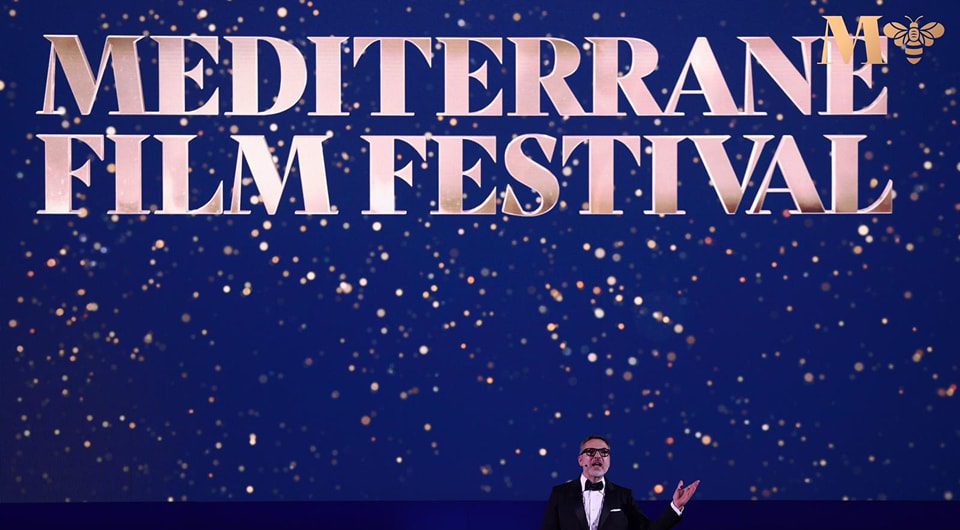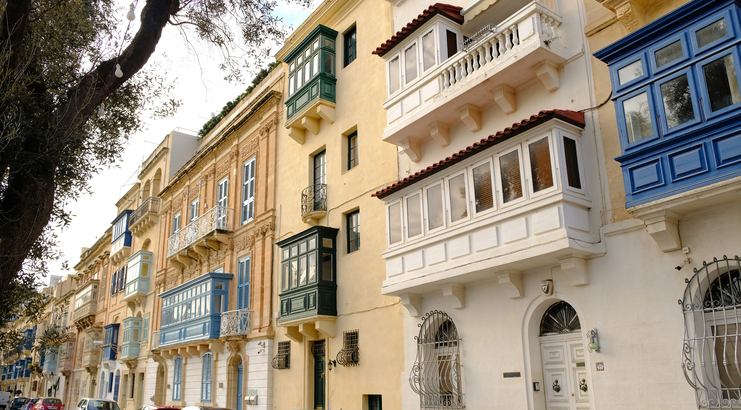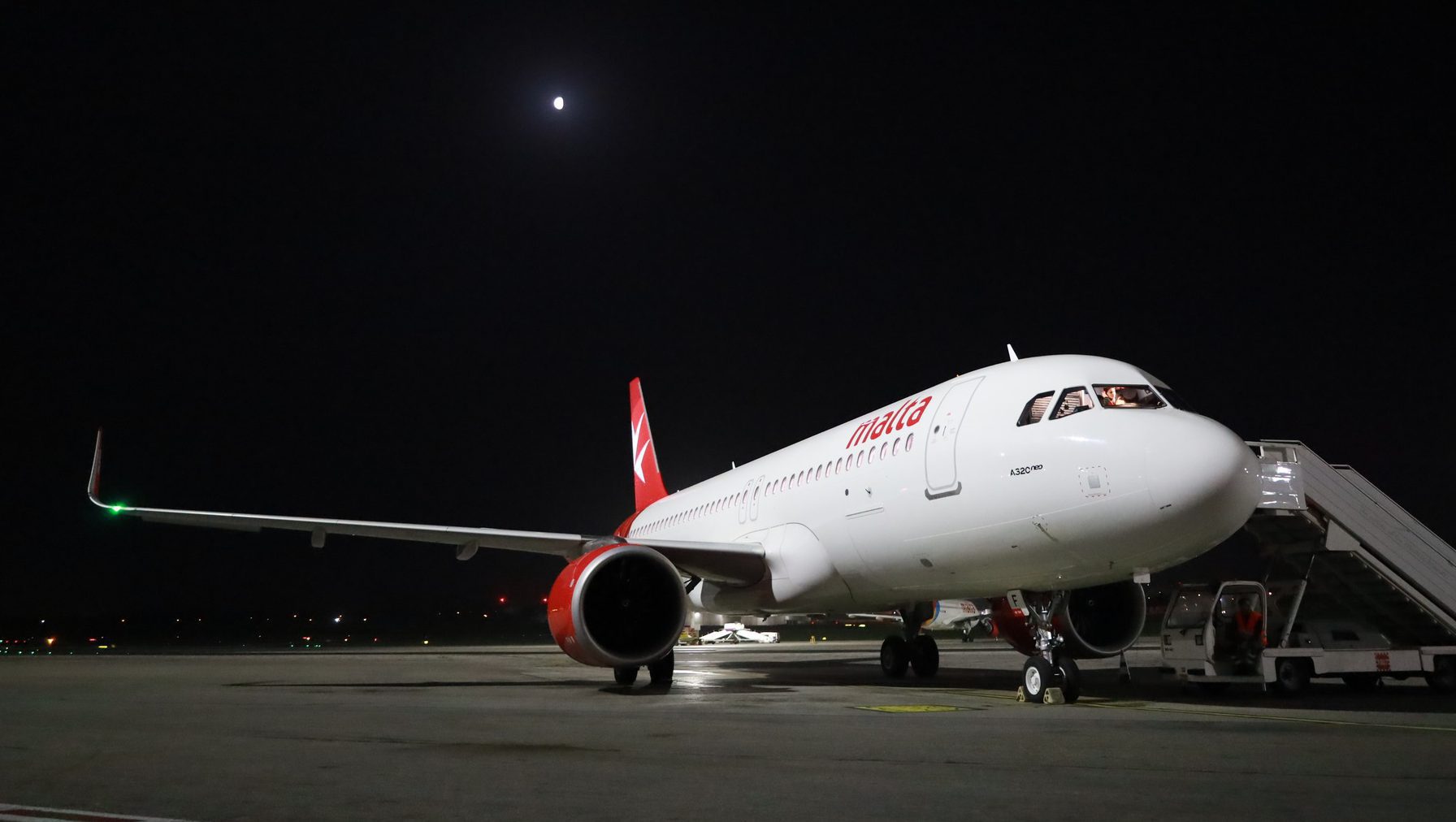The economic impact report on the Mediterrane Film Festival has made headlines for its lavish budget, with many questioning whether the country is receiving any return on its considerable investment.
Having been tabled in Parliament on the same day as the long awaited conclusions of the public inquiry into the death of Jean Paul Sofia, the report was largely buried – with many speculating that this was precisely the outcome hoped for when Minister Clayton Bartolo chose this particular time to present it.
Indeed, the report raised eyebrows, being full of bombastic language and tough-to-believe figures.
However, the headline claims are ostensibly correct when checked against the methodology used.
In particular, the €7 million economic impact, against a cost of €3.8 million, is in line with the National Statistics Office’s own table of industry multipliers. These multipliers emerge from a 2010 document that should have been updated at regular five-year intervals, but notwithstanding their being outdated, there is no question that RSM Malta, the consulting firm behind the report, relied on official sources when coming to its conclusions.

In its assessment’s of the event’s economic impact for Malta, RSM considered the project’s expenditure on everything from transport and distribution costs to air travel, hotel accommodation and professional services, as well as imports, net taxes and compensation of employees.

To these figures RSM Malta applied sector-specific multipliers to determine the indirect impacts of the total spend:

Finally, another multiplier – using methodology designed by the Central Bank of Malta – is applied to determine the induced impact, with the combination of direct, indirect and induced impacts generating the final €7 million figure.

The report notes that this induced benefit is largely concentrated around the advertising and market research sector, the creative arts and entertainment activities, the road and air transport sectors and the accommodation sector.
Beyond the numbers
None of this means that the criticism of former Film Commission Oliver Mallia, who argued that the festival failed to “celebrate cinematic art” and instead simply served as “a backdrop for promoting Malta as a film location,” is not relevant.
It is precisely this element – Malta as a film location – that is most explicitly mentioned in the report, with various testimonials from producers and location scouts as to the festival’s effectiveness in introducing Malta, its backdrops and facilities, to a wider audience of audiovisual movers and shakers.
The Film Commission invited people like Steven Weintraub, editor-in-chief of film industry publication Collider, and Adrian Wootton, the chief executive of Film London and the British Film Commission, in a bid to raise Malta’s profile. Other prominent attendees included Mark Costa, a film and television producer, and Leann Emmert, a location scout manager.
Many of these high profile attendees spoke positively about Malta and about the significance of the Mediterrane Film Festival in putting Malta on the map, highlighting its safety, locations, weather, film facilities, tax incentives and cleanliness, among others.
With these benefits expected to materialise in the long term, the report shies away from quantifying them, explicitly saying that attempting to measure the economic impact of Malta’s improved profile in the international film industry would be “premature”. However, it does note that the immediate benefits (i.e. that €7 million impact) are “expected to be only a fraction of the longer-term benefits generated through potential investments in the film industry.”
Media impact
The media and digital assessment, conducted by the London consultancy firm Pagefield, was less cautious. It argued that the media and social media coverage generated by the film festival totalled an Advertising Value Equivalency (AVE) of $17.5 million, based on an analysis of 1,150 pieces of media coverage between 1st May 2023 and 31st July 2023, accounting for a potential reach of 1.8 billion
The vast majority of this is related to online media, making up €17.3 million of the total. The other categories made up just a fraction of this amount, with print ($13,650), LinkedIn ($66,298), Facebook ($4,051), Instagram ($1,227), YouTube ($12.22) and X ($153,500) altogether accounting for just $238,738.42 of the total advertising value.
There were no further details presented as to how online media coverage was equivalent to a $17.3 million advertising spend.
One criticism of the AVE metric indicate that many PR firms include a multiplier in their analysis, often by six to 10 times the actual equivalent advertising value, although this practice is subject to considerable criticism from industry insiders, with the Institute for Public Relations describing it as “arbitrary, unethical, dishonest and not at all supported by the research literature,” and the Public Relations and Communications Association arguing that “AVEs measure nothing but the vanity of those reporting them.”
Featured Image:
Mediterrane Film Festival / Facebook
In pictures: These Maltese houses just won architectural awards
The BIG SEE Architecture Awards are given to projects from South-East Europe
Annual STI testing for non-EU massage therapists amounted to ‘slander,’ admit health authorities
Health authorities kept quiet about changes to the legal provisions
KM Malta Airlines announces extra flights and special fares for MEP and local council elections
To qualify for special fares, all travel needs to take place into and out of the same city






